
Time to Exploit Deceptive China’s Fault Lines
 Fri, 25 Sep 2020
| Reading Time: 9 minutes
Fri, 25 Sep 2020
| Reading Time: 9 minutes

Today every free country is looking at China in disbelief. The CPC and XI Jinping have opened up a number of fronts, more than they can afford. China faces humongous challenges in the aftermath of the pandemic. Unemployment is going through the ceiling, and demonstrations against the government are on the rise. PLA veterans are dissatisfied, and Wuhan citizens are still looking for millions of missing relatives. Anger amongst Uighur is likely to implode anytime soon, and Tibetans are ready to move beyond peaceful demonstrations. Hong Kong is on the boil. Indian and Taiwanese forces are at the highest alert.
So what could be better than giving a call for ’Pax Sinica’. Taking the nationalism to such heights that citizens give up their anger and pain and look up to the leadership in awe.
These methods may work within China but among other nations it has provoked strong anti-China emotions. The fault lines in the Chinese armour are visible to all and ready for the exploitation.
Xi Jinping – Fault Line One
“One does not establish a dictatorship in order to safeguard a revolution; one makes the revolution in order to establish the dictatorship” – George Orwell
Xi Jinping is the son of Xi Zhongxun, who was Mao Zedong’s comrade-in-arms and head of the Communist Party’s propaganda division. When Xi was nine years old, his father was expelled by Chairman Mao because of his disloyalty. During the course of the Cultural Revolution, Xi’s father was sent to prison. Fifteen years old Xi was amongst the nearly thirty million other ‘sent-down youths’. All the youths were forced to work in the Chinese countryside for ‘re-education’ as part of Mao’s ‘Down to the Countryside’ movement.
Senior Xi was restored after Mao’s death, however, during a Politburo meeting in 1987, he was stripped of power for the last time. He was allowed to live in obscurity, until his death, in 2002. These childhood traumas must have left psychological scars on Xi Jinping’s persona.
Xi Jinping has ventured out on a similar disastrous path that the tormentor of his father (Mao) had laid for China. Mao’s ‘Great Leap Forward’ devastated China internally. The equivalent of that, Xi’s ‘Belt and Road Initiative’ (BRI), is destroying economies across the globe. Print and electronic media, across the globe, were paid to spread China’s propaganda on BRI. The beautiful videos and write-ups convinced countries to get involved in the schemes they never needed. ‘Xi Jinping Thought’ was another step in this direction to achieve the heights of the greatness of Mao’s ‘Cultural Revolution’.
With his blitzkrieg, Xi wants China to forget about the original poster boy of China’s astronomical rise, Deng Xiaoping. Deng’s principle was simple “cross the river by feeling the stones,” implying that even though China was acquiring new heights — it needed to stay grounded. With his misadventures and disruptive strategies, Xi Jinping has become a liability for China.
Over Dependence on Ancient Wisdom – Fault Line Two
Stir up the Waters to Catch a Fish: Create confusion and use this turmoil to further one’s own goals. (It is easier to seize power when the chaos is unleashed). However, China forgets that such cunning scheming doesn’t work in the international environment.
In the months of May-June, when Hong Kong was under the strictest lockdown to control the spread of Coronavirus, there was sinister planning going on in the ’Forbidden City’ – Hong Kong Security Law. Though the Hong Kong demonstrations had come to a standstill due to the pandemic, the alert nations of the world needed a further distraction. China started its buildup of forces along the Indo-Tibet border. Then came the decisive moment. On 15 June 2020, during a regular standoff, PLA soldiers attacked Indian soldiers with spiked sticks and clubs. Twenty Indian soldiers and a large number of PLA soldiers lost their lives. The situation was extremely tense and the world was on the edge.
Anticipating imminent war, the world was focused on the Indo-Tibet border. On 30th June, China introduced the ’Hong Kong Security Law’. Soon, thereafter peace talks between India and China began. The world heaved a sigh of relief. The war had been averted. The Hong Kong security law didn’t attract much attention, other than some hollow threats by European nations.
China could employ the same strategy to invade Taiwan (or in China’s words – ’solve the Taiwan issue’). The most favourable time would be around the US presidential elections. The world’s sole superpower – the United States, would be busy. The PLA forces positioned at the Indo-Tibet border would indulge in a bigger and bolder skirmish with Indian forces. It would build up the hysteria to just short of war, along with extensive military exercises in the South China Sea (SCS).
While the world would be focusing on the tense standoff between two nuclear neighbours, one of the SCS exercises could turn into a real invasion of Taiwan, taking everyone by surprise. PLA Second Artillery Corps currently holds over 1500 missiles for the sole purpose of use against Taiwan. The exercise would have live missile drills wherein one of the drills would become an actual missile attack. This would be followed by PLAAF and PLAN using both aircraft and amphibious vehicles to mount an actual invasion.
Tibet – Fault Line Three
“Tragedy should be utilized as a source of strength. No matter what sort of difficulties, how painful experience is, if we lose our hope, that’s our real disaster” – Dalai Lama
Tibetan dream of having a free country of their own could very well be a reality. Soon after the Chinese aggression stance on the Indo-Tibet border, India had moved the specialized units to the Pangong Lake. Since India was focused on talks, no aggression was shown by the Indian Army. The Chinese were adamant and not ready to mend their deceptive ways. Towards the end of August, taking the Chinese by surprise, as a preemptive measure, the Indian Army occupied the ridgeline on the finger 4. The location is north of the Pangong Tso lake, well within the Indian side of LAC. During the action, Tenzin Nyima, of Special Frontier Force (SFF), laid his life for the motherland.
The loss of life brought to fore the existence of an elusive SFF. Thousands of Tibetan refugees are part of the dreaded Special Forces. The existence of the SFF has sent the PLA in a tailspin. Though they are calling the SFF, cannon fodder for the Indian army, lengthy debates, and analysis are being undertaken by the National Strategy Institute, Tsinghua University, and many other think tanks.
The loss of life has not only revealed the existence of SFF but has given rise to nationalism in Tibet and all across the globe, wherever Tibetans live. China is scared of an uprising from within. They are also aware that this time around India would not back down from providing help. To counter an uprising, the Chinese have taken surveillance to a different level all over Tibet. The pervasive new security system is called GRID (Wangge in Chinese). The system specifically monitors former prisoners, exile returnees, and daily activities of normal citizens. There is an increase in the activities of volunteer security groups called “Red Armband Patrols”. The nervousness amongst the Chinese security forces as well as CCP is indicative of the likelihood of a major uprising in Tibet, in the near future.
Indian Ocean Region – Fault Line Four
China confronts immense strategic challenges in the Indian Ocean Region (IOR). However, it doesn’t have ways and means of overcoming those challenges in the present scenario. These dynamics change the equation between India and China. China is the most powerless in the Malacca Strait since 82% of China’s oil imports pass through this strait. The next chokepoint is the Strait of Hormuz in the Persian Gulf. China meets 40% of oil imports through this strait. The export-oriented Chinese economy is also heavily IOR dependent and 80% of those exports pass through this strait.
Till the time China doesn’t solve the Taiwan problem, it is tied down in the SCS. It doesn’t have enough platforms to spare for the IOR. That is the reason behind China’s desperation and frustration with regard to CPEC and Gwadar (Pakistan). CPEC is nowhere near completion and vulnerable to sabotage from India. This dilemma and frustration forced China to tie-up with Iran to develop the port city of Jask. China is also very keen to acquire the Iranian port Chabahar, presently being developed by India. Jask and Chabahar are better and closely located ports to the Strait of Hormuz than Gwadar.
With these investments China is inching towards resolving the ‘Hormuz Dilemma’ but the ‘Malacca Dilemma’ remains. In fact, China has antagonized all the maritime neighbours beyond repair, except for the Philippines. As per renowned naval author Larry Bond, China has a real issue with regards to India closing the Malacca Strait. If India wants to cut off the Chinese trade, all that they have to do is blockade the Malacca Straits with IN ships. Nothing gets through that way. Since none of the alternate routes are anywhere near completion, to counter India, China is supplying eight S20 diesel-electric submarines (SSK) and four Type-054 A/P frigates to Pakistan. Beyond that they are helpless and the whole situation is killing the Chinese naval planners.
Lack of Combat Experience: PLA, PLAN, PLAAF – Fault Line Five
In the last decade or so, Chinese armed forces have amassed a remarkable high-tech arsenal, however, its proficiency in using these machines remains unclear. The People’s Liberation Army (PLA) has recently upgraded its structure to theatre commands. It is yet to be seen how cohesive and effective this shift has been.
Despite these impressive reforms, PLA conspicuously lacks combat experience. The PLA last fought a war with Vietnam nearly 40 years ago. The seasoned Vietnamese military demolished a botched Chinese invasion in 1979. The ghost of that defeat still haunts the PLA. Xi is desperately trying to overcome those shortcomings before he launches his Taiwan invasion. He is getting the inexperienced PLA ready by bringing them face to face with the battle-hardened Indian Army.
The top generals of the PLA have never fought a war. There are very few PLA combat veterans who remain in service. And even they will all retire within the next few years, which implies that the PLA will soon have no personnel with firsthand combat experience. The PLA has named the decades of peace and prosperity as ‘Peace Disease’. That clearly demonstrates how underprepared and under confident the PLA is.
Conclusion
For the first time since the end of the Cultural Revolution, the CCP faces a real threat to its existence. The enhanced cognitive entrenchment is forcing them to commit a series of disastrous strategic errors. If China doesn’t mend its ways and means of existing in the civilized world, then the civilized world is going to exploit these fault lines:
- Highlighting and giving widespread publicity about Chinese chauvinism, atrocities, racial discrimination, threats, disrespect for the local customs, rules and regulations in Tibet, Xinjiang, Hong Kong, Laos, Philippines, Indonesia, Thailand, Myanmar, Pakistan, Iran, and African countries would be at its peak in the coming months. This would have a devastating effect on Chinese business interests.
- If the PLA foolishly applies the “Samson Option” and invades Taiwan, it would do a disservice to its nation. They must consider the following consequences:
1. Humongous human and economic (tens of billions of dollars) cost of war and post-war isolation.
2. Likely significant regional or even global economic depression.
3. The costs of garrisoning and maintaining Taiwan would be astronomically high in comparison to the costs of invading.
4. The amalgamation of the PLA and the ROC forces would be a nightmare for CCP. Already disgruntled PLA veterans would become more aggressive in case ROC veterans receiving higher pensions.
5. Post-invasion the PLA counterinsurgency forces would be tied down to Taiwan, bleeding the financial resources and leaving other Chinese borders vulnerable.
6. The crisis could also trigger political struggle on the mainland and may result in the ouster of Xi Jinping.
- PLA’s book learning or training exercises cannot compare to the stress of an extended deployment in a combat zone. Battle-hardened Indian forces have outmanoeuvred the PLA in all its recent aggressions. Indian forces should not take the Chinese bait and provide them with insight into the Indian tactical experience and expertise.
- PLAN is selling itself as the largest navy in the world with 350 ships. However, neither they have the tonnage nor have a well-trained crew. The Chinese navy lacks combat experience and extensive deployments. Since they lack peacetime aircraft carrier operations experience, their wartime carrier deployment may result in disastrous performance. A RAND study in 2017 had assessed that the US submarines alone could sink 41% of Chinese amphibious ships.
- PLAAF just like PLAN has inadequate practical experience, both in combat and in deployments. PLAAF pilots, especially lack the experience in operating in hostile high altitude terrains. China’s high altitude airfields would further hamper their fighter operations in Tibet.
- CPEC and Gwadar port would be highly vulnerable to the Indian Air Force and Indian Navy attacks and are the most unsuitable assets in wartime.
- Hong Kong’s future as an international financial center is now under grave threat. China will face long-term consequences.
- The threats and warnings issued by the Chinese embassies and Foreign Ministry against various sovereign nations are further harming China’s case. Australia, France, Germany, India, Japan, the UK, and the USA may form a new NATO and come after China with a stronger resolve.
- The present situation clearly demonstrates that there are no takers of China’s foggy vision of “community of common destiny”.
Unfortunately for the CCP, now it has to contend with far more determined adversaries. Worse still, Australia, India, Japan, the US, and the European nations are willing to accept huge short-term economic distress to gain a long-term strategic edge over China. This indicates that greed has lost its primacy. In the United States, experts are calling China their biggest strategic mistake in the last 40 years. The ‘decoupling’ of the Chinese economy with the world has already commenced. If CCP hasn’t understood the danger and implications of Xi Jinping’s misadventures, then even the monkey God ’Sun Wukong’ cannot help them. Barring few nations, the rational nations are more than willing to write off the access to the Chinese market, loans, and investment in pursuit of broader geopolitical objectives and national sovereignty.
The views expressed are of the author and may or may not represent the views and policies of Chanakya Forum.
Disclaimer
The opinions expressed in this article are the author’s own and do not reflect the views of Chanakya Forum. All information provided in this article including timeliness, completeness, accuracy, suitability or validity of information referenced therein, is the sole responsibility of the author. www.chanakyaforum.com does not assume any responsibility for the same.
Chanakya Forum is now on . Click here to join our channel (@ChanakyaForum) and stay updated with the latest headlines and articles.
Important
We work round the clock to bring you the finest articles and updates from around the world. There is a team that works tirelessly to ensure that you have a seamless reading experience. But all this costs money. Please support us so that we keep doing what we do best. Happy Reading
Support Us





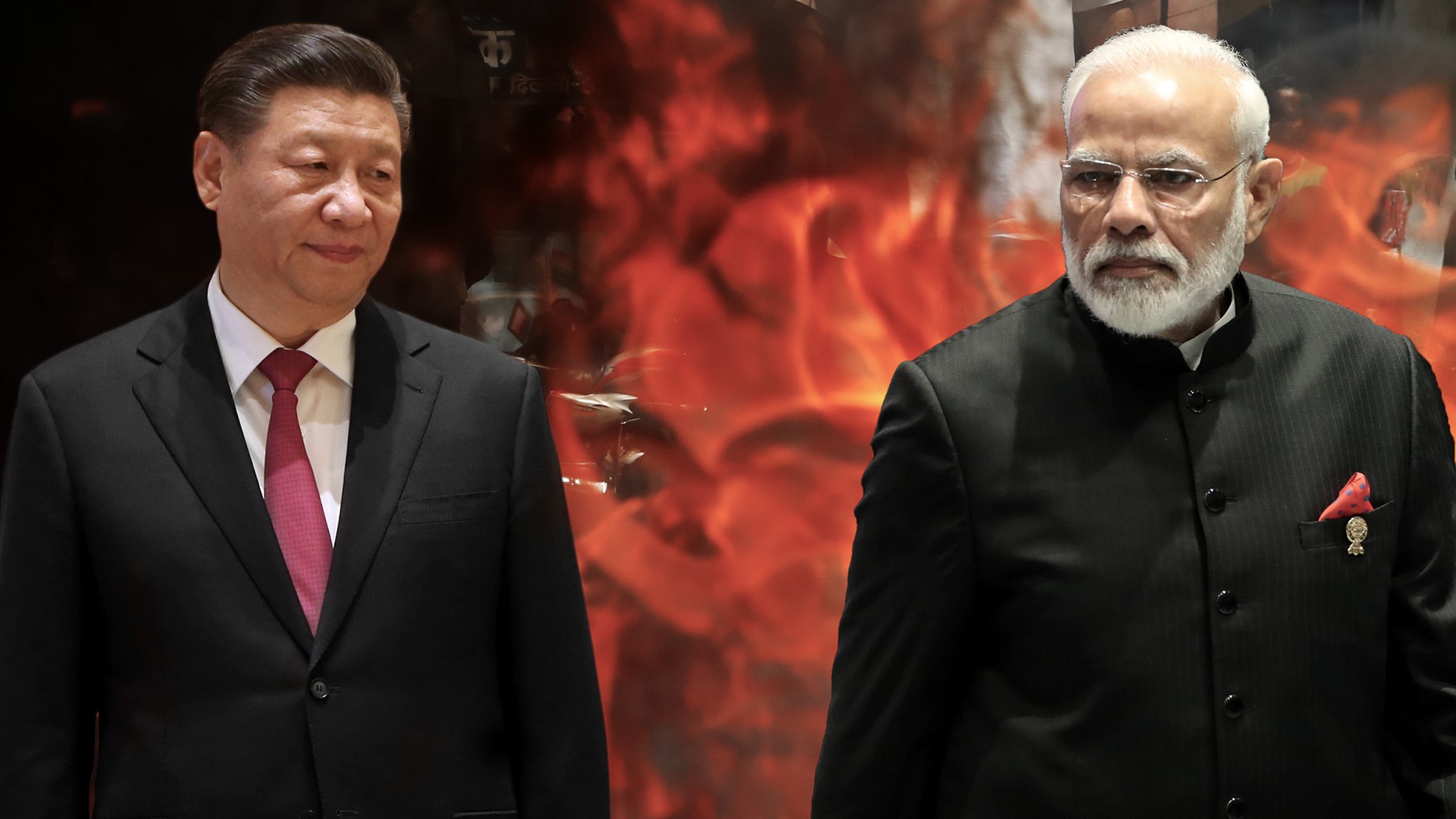
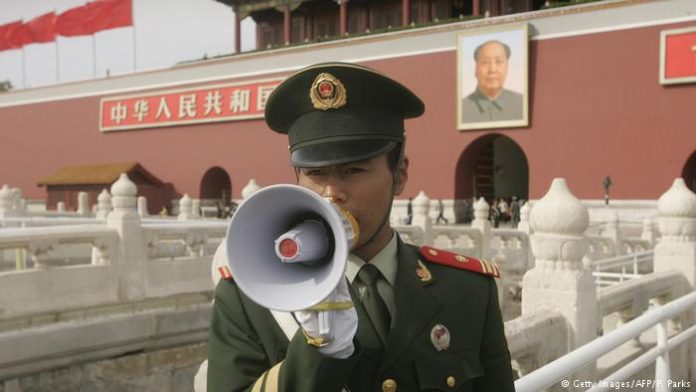
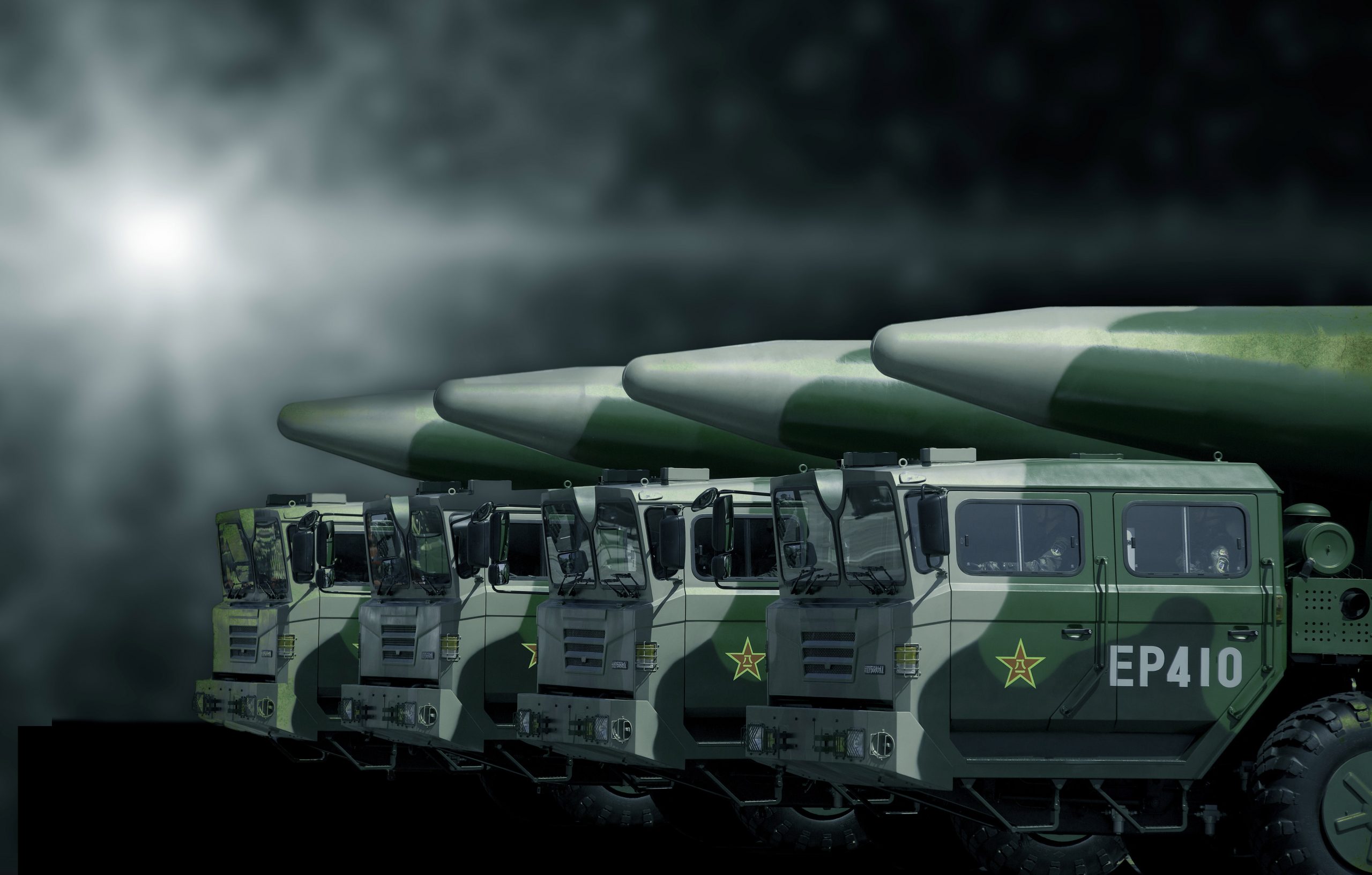

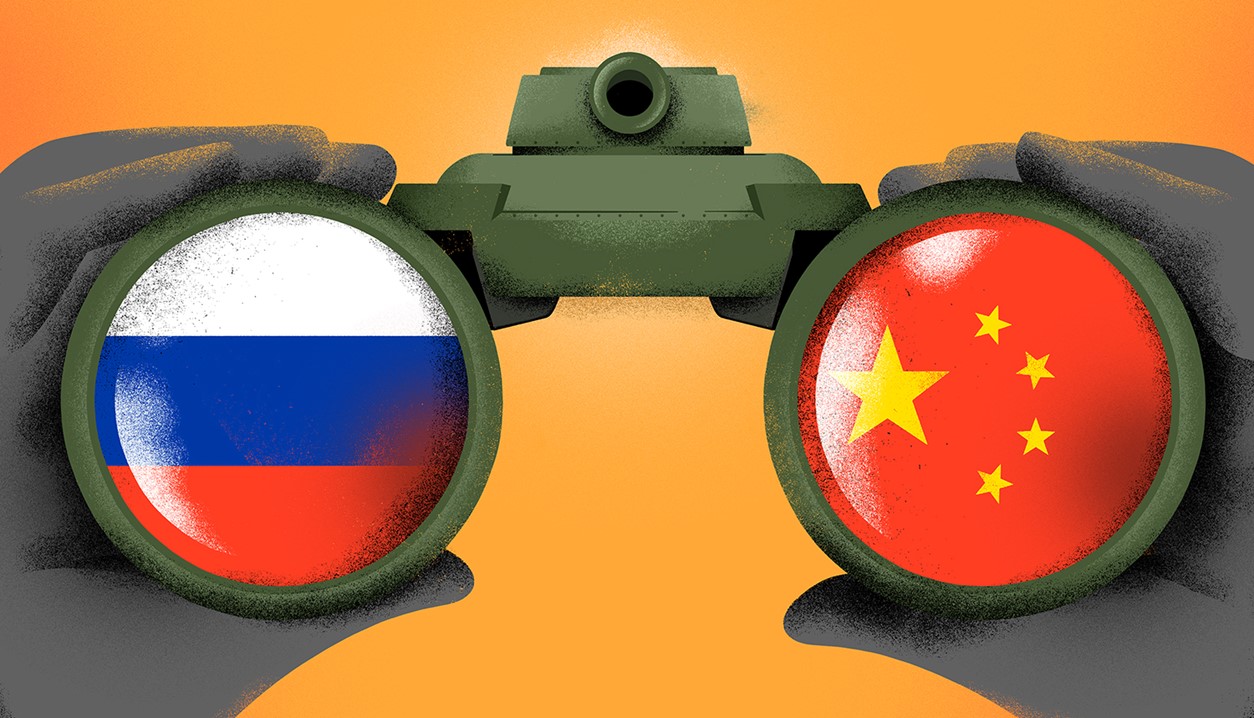

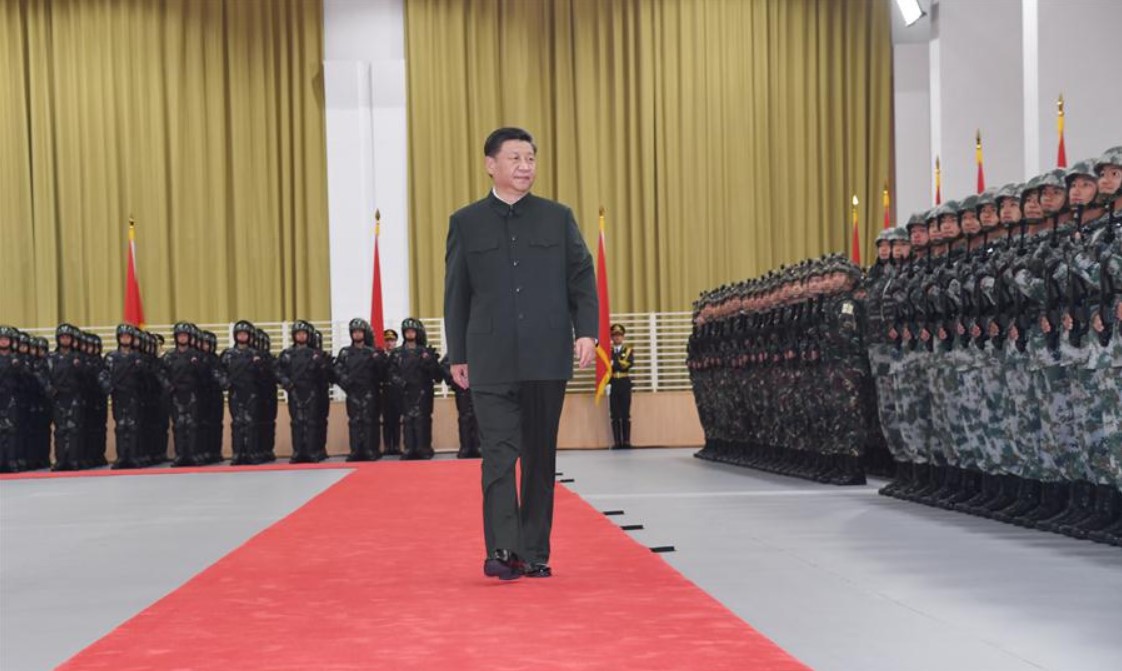
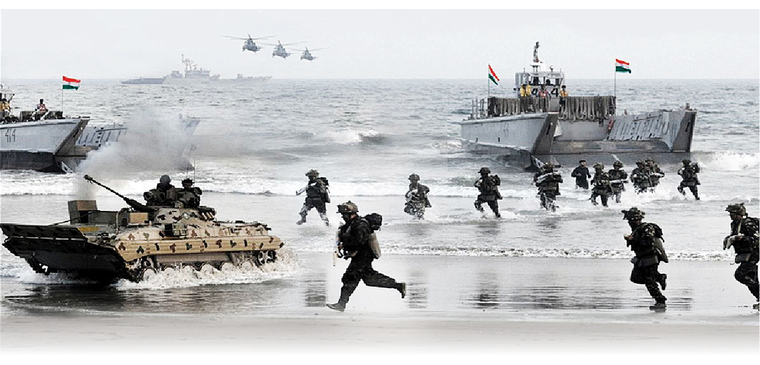

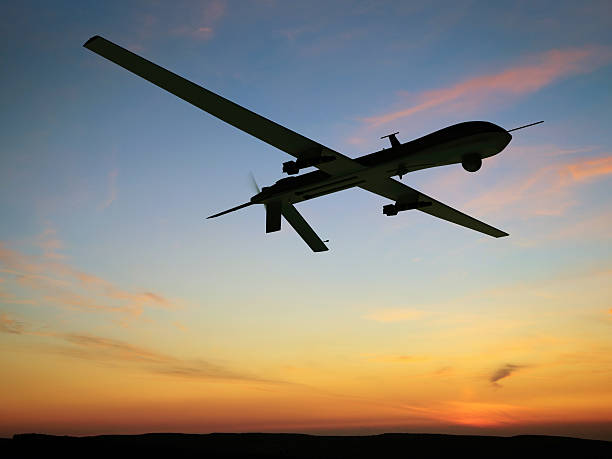






POST COMMENTS (60)
Krishnaswamy Amudhu
Krishnaswamy Amudhu
Nikhil Mishra
Jeginder Singh
tube man
Livia Blankenbaker
Marilee Wein
Vivek Pathak
Ramakrishnan Venkat
Ramachandran
SHAMIT BISWAS
Sanjay, Jakarta
Pradeep
Cdr Munish Kumar Paul
Praveen Bhaik
Rajeev Negi
PK Misra
Harpal
SANJAY BODKHA
Vinod Sivaraman
WingCoMats
Anna Waldherr
Vedu
A Jhaver
Capt Rammohan Oka
Narinder
Naren
Rajesh
Neelotpal Mukherjee
Anurag Chandra
Atul Dewan
Joseph Mathew
GP Singh
Rajiv
JJ Nijhawan
Anil Kumar Tomer
Anil Kumar Tomer
Javed Rizvi
Santosh
Gp Capt TR Ravi VM (Ret'd)
Hemraj Parmar
Deovrat Pagay
Gp Capt C Subramaniam
Nilay Kukreti
Nitesh
Capt Indra Narayan Khan
Capt Indra Narayan Khan
Simon Templar
Simon Templar
Judy Campbell
Raju Bhadbhade
Anjan K Datta
Shalini K Dhingra
Gp Capt Sharad Sharma (Retd)
K Sreenivas
Raman
Harish Nayani
Wendell Bruges
बी राजा
DS Gahlaut